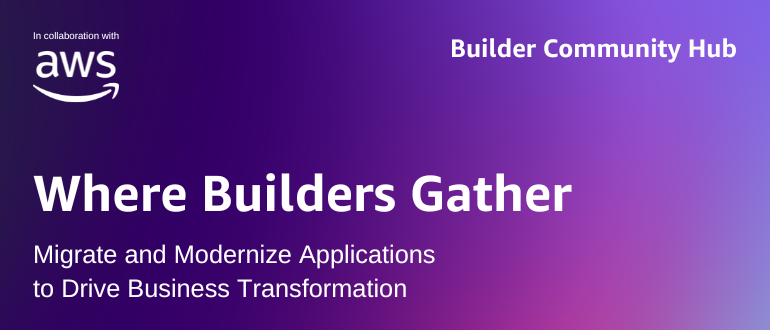![]()
Palo Alto Networks today extended its alliance with Okta to provide deeper integrations to enable cybersecurity teams to restrict which applications can be accessed from a secure browser.
At the same time, the two companies also announced they will share actionable threat intelligence between the Identity Threat Protection with Okta AI and the Palo Alto Networks Cortex SecOps platform to provide a unified view of identity-related risks across their entire attack surface.
Palo Alto Networks has been making a case for a Palo Alto Networks Prisma Access Browser based on open-source Chromium software to provide enterprises with a more secure alternative to browsers from Google and Microsoft. The latest integration with Okta now makes it possible to take advantage of a single sign-on platform to restrict which applications an end user is allowed to access.
Stephen Lee, vice president of technology and partnerships for Okta, said this integration will make it simpler for cybersecurity teams to restrict access to applications without adding any unnecessary friction to the end user experience.
Pam Cyr, vice president of technical partnerships for Palo Alto Networks, added that capability is especially critical in the age where end users and artificial intelligence (AI) agents now more routinely access external large language models (LLMs) that organizations want to make sure are trusted and approved for usage in a corporate environment.
It’s not clear how many organizations have adopted a secure browser alternative, but Palo Alto Networks is betting that number will increase as it becomes clearer that cybercriminals are now routinely exploiting vulnerabilities in browsers that are primarily intended to be used by consumers. The challenge has been overcoming organizational inertia that often results in browsers from Google and Microsoft being deployed without considering the cybersecurity implications.
The one thing that is certain is that the overall level of spending on cybersecurity continues to increase. A survey of 840 cybersecurity leaders conducted by The Futurum Group finds that cybersecurity budgets will increase on average to 11% of the IT budget in 2025, with just under half (49%) planning either a major (10%), moderate (21%) or minor consolidation (18%) to streamline operations.
The biggest challenge when it comes to securing endpoints is balancing security and productivity (37%) and ensuring effective integration with network and cloud security (34%), followed by securing remote/unmanaged devices (32%), improving user experience (32%), managing diverse endpoint types (29%), responding quickly to advanced threats (29%) and managing legacy systems (27%), the survey finds.
Each organization will need to determine for itself what the right balance between cybersecurity and end-user convenience should be. However, as the cost of a breach continues to rise, more organizations than ever are putting more restrictions in place to limit access to applications as part of a zero-trust approach to ensuring cybersecurity.
The issue, of course, is getting everyone affected by those changes to access policies to buy into that approach versus once again looking for ways to end run cybersecurity policies that are deemed to be cumbersome to follow by, for example, setting up a set of shadow IT tools and platforms that are managed independently of an internal IT organization.
Recent Articles By Author


